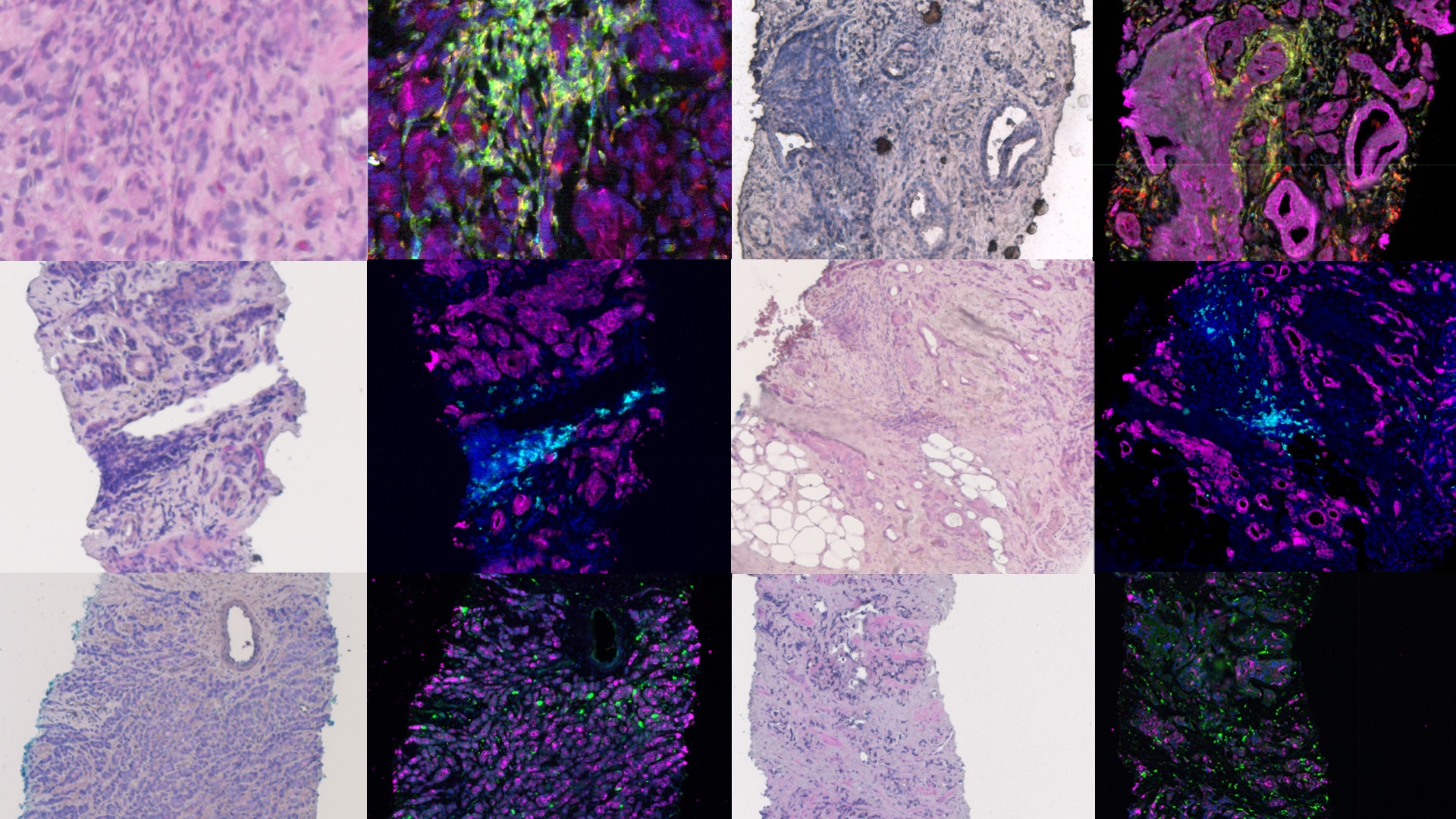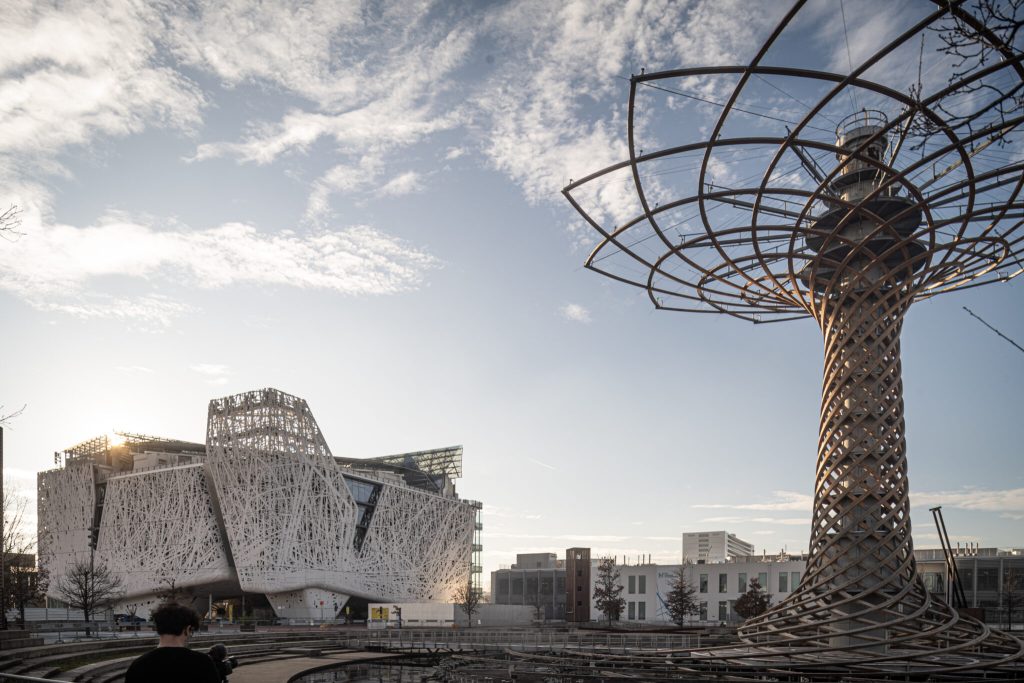AI Creates New ‘Alarm Bells’ for Prostate Cancer Recurrence

A study by Human Technopole, the Institute of Cancer Research and the Royal Marsden NHS Foundation Trust in London has shown that in prostate cancer the presence in the same tumour of cells with large differences in shape and genetic composition indicates an increased risk of relapse, including after a decade. The study may help doctors better tailor treatment for this disease, adopting more aggressive therapies in cases where these parameters indicate a higher risk of disease recurrence.
Milan, 12 July 2024 – Thanks to artificial intelligence, new markers have been identified to predict the risk of prostate cancer recurrence, even after ten years: these ‘alarm bells’ are the result of a new study conducted by researchers from Human Technopole, the Institute of Cancer Research in London and the Royal Marsden NHS Foundation Trust.
Thanks to the use of big data and AI, researchers identified that the co-presence of tumour cells with different genetic characteristics within the same tumour and differences in their shape, size and structure is indicative of the ability of the neoplasm to change over time. This ability to evolve is associated with a higher risk of relapse, even after a very long period of time.
The study may help doctors better tailor treatment for prostate cancer, adopting more aggressive therapies in those cases where these parameters indicate a higher risk of recurrence.
The study was published today in the well-known scientific journal Nature Cancer.
Andrea Sottoriva, Head of the Computational Biology research centre at Human Technopole and corresponding author of the study, states: “In addition to producing better prognostic biomarkers for prostate cancer, our study is further proof of the predictive possibilities that arise from studying how a single tumour evolves and changes over time. By applying a computational approach to multiple datasets, we were able to decipher some of the dynamics of cancer progression and treatment resistance. This type of research is fundamental to deepening our understanding of how and when to treat cancer, including prostate cancer”.
Marino Zerial, Director of Human Technopole, emphasises: “This is still an experimental phase and not a clinical practice, but in the future this approach could help doctors systematically classify patients according to their risk of disease recurrence and decide which therapies to adopt. We still struggle to predict the outcome of prostate cancer because the disease has a wide heterogeneity, meaning there are significant differences between its cells, not only in different patients but also within each tumour. Moreover, the disease often develops in more than one place within the gland, producing two or more neighbouring tumours. As a result, it is often difficult for doctors to determine the best treatments for patients”.
The study
This study differs from previous work, that measured specific tumour characteristics to predict tumour outcomes, due to the large number of samples analysed and for examining the disease at different stages of its development.
Through the use of machine learning, researchers analysed 1,923 samples from 250 patients, focusing on the spatial structure of the tissue. They also used a specially created artificial intelligence technique to perform the Gleason grading system, a scoring system that ranks cancerous tissue from one to five based on the pattern of its cells. Cancer cells that look very similar to healthy cells are assigned a grade one, while those that look significantly different are assigned a grade five.
In addition, researchers assessed genetic differences between cells within individual tumours using 642 samples from 114 radiotherapy study participants at the Royal Marsden. These samples were compared with the group mentioned above, providing researchers with integrated information on the genomics and morphology of the cells, and the condition of the patients over more than a decade.
Researchers found that genetic differences and morphological diversity measured by artificial intelligence (difference in shape, size and structure of cells) are indicative of the tumour’s ability to evolve, a characteristic that allows the disease to adapt and survive. They measured this diversity by observing the extent of differences between cells in different areas of the tumour, known as intratumour heterogeneity.
The results showed that this “evolvability” was a strong predictor of relapse, with the combination of the two measurements identifying a subgroup of patients who experienced disease recurrence in half the time than the rest of the patients.
Researchers also verified a correlation between the loss of a specific chromosome and a reduced presence of immune cells in the tumour, which could influence its response to certain treatments.
Fernandez-Mateos, J., Cresswell, G.D., Trahearn, N. et al. Tumor evolution metrics predict recurrence beyond 10 years in locally advanced prostate cancer. Nat Cancer (2024). https://doi.org/10.1038/s43018-024-00787-0




